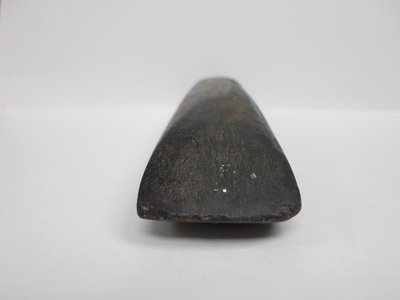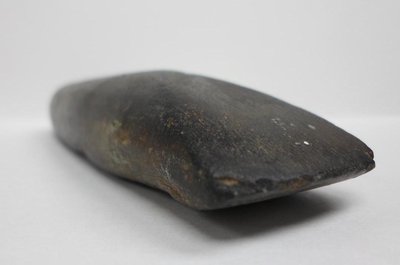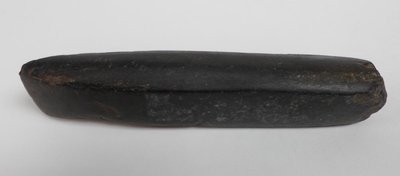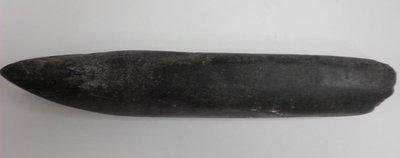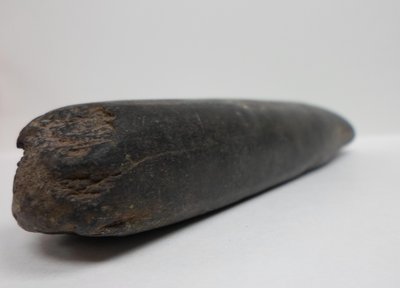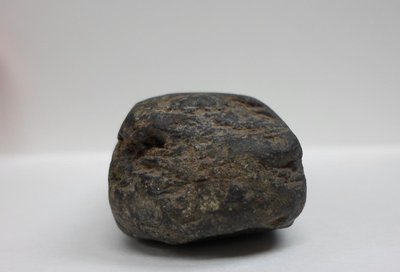
An Ancient Indigenous Adze, Gouge and Three Points
The Adze, possibly 1465-1530 A.D.
Pages
The PeopleTradeThe Adze, possibly 1465-1530 A.D.The Gouge, possibly Lake Forest, 3,000-300 B.C.Three PointsLinks
Adze in McCord Museum, example 1Adze in McCord Museum, example 2National Indigenous History MonthMuseum of Ontario ArchaeologyCanadian Archaeological AssociationThe skills of the maker included the ability to select the right material, to perfect the right size and balance, and to finish the edging and surface treatment. This adze may have been used for clearing out trees and brush as well as roughing out, and perhaps finishing, wooden spoons and bowls.
The durability of stone as a material made it a highly attractive item. As a raw material, Indigenous men transformed the stone into tools such as scrapers and adzes, stone pipes, and ornaments. Tool makers used a wide variety of stone, including schist, quartz, and chert. When using finely grained stone, these carvers highlighted the veining and patterning of the stone.
This adze was found on the Lake Ontario shoreline in Lakeport, a village west of Colborne, by Harold Harnden in the 1950s. Locals referred to this spot as Indian Landing. Presently, it is unknown if the adze was made of local stone, trade stone, or acquired as a finished item. It is hoped that feedback from archaeologists will provide further information about this hand tool.
6 3/8" l. x 1 1/2" w. 1" h. / cm = 16.3 l. x 3.8 w. x 2.5 h.

